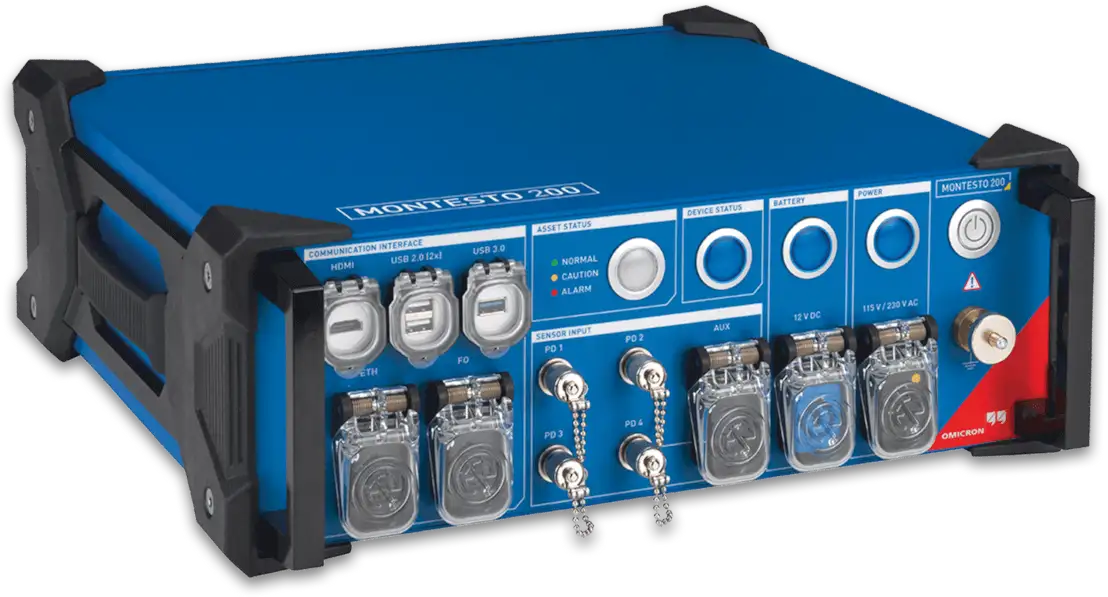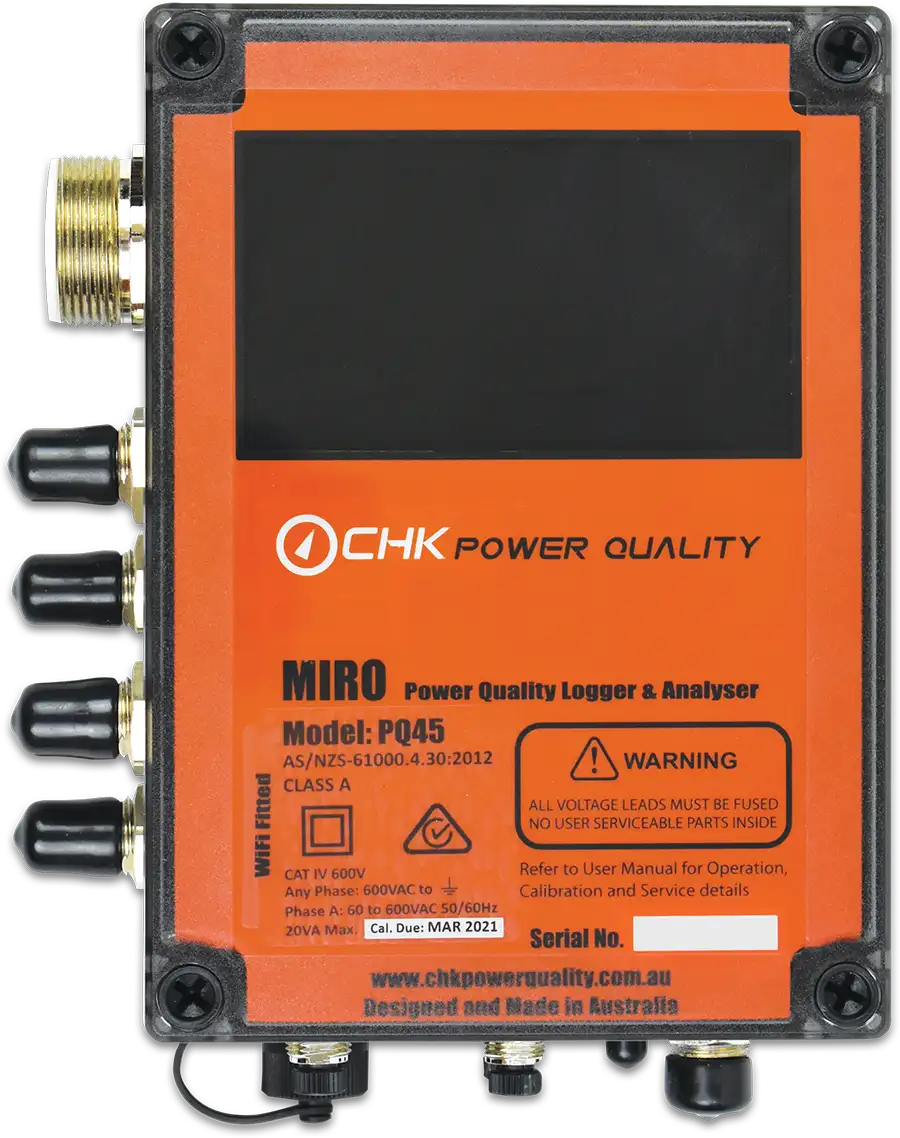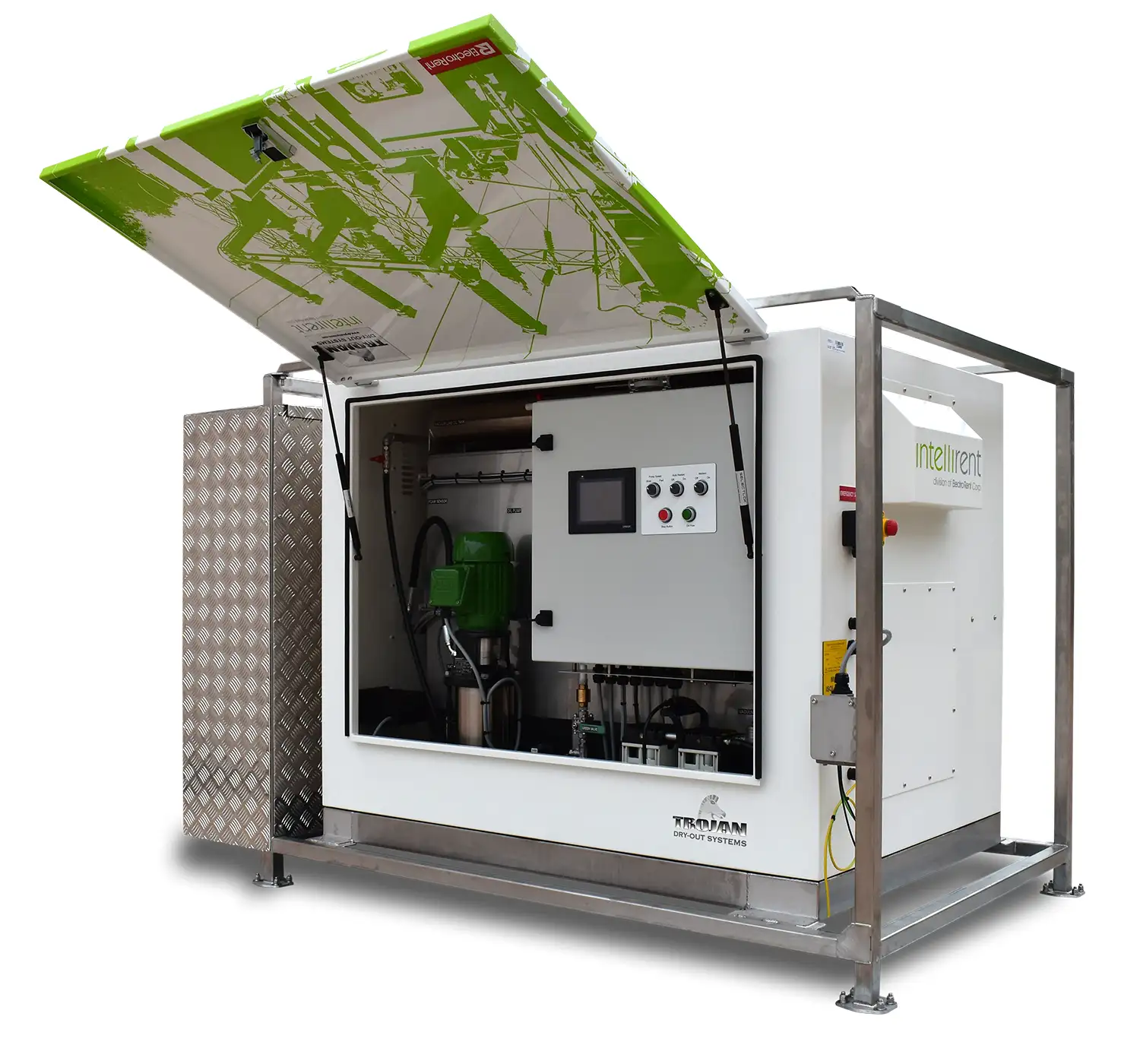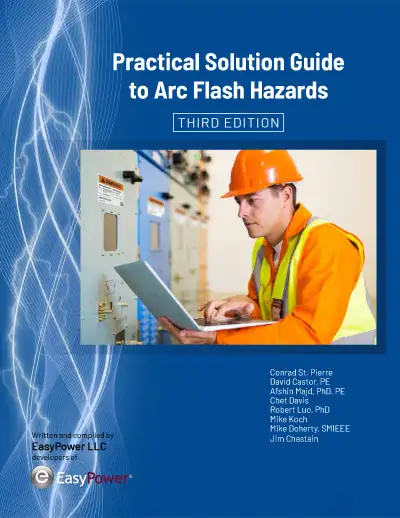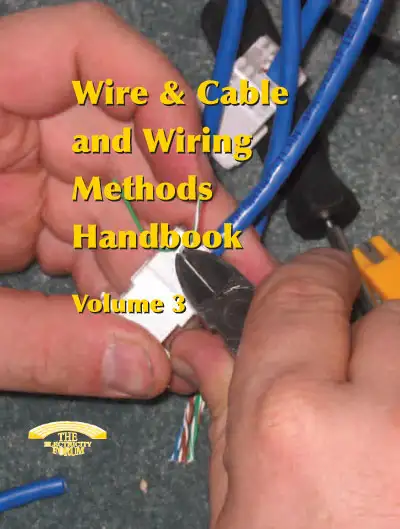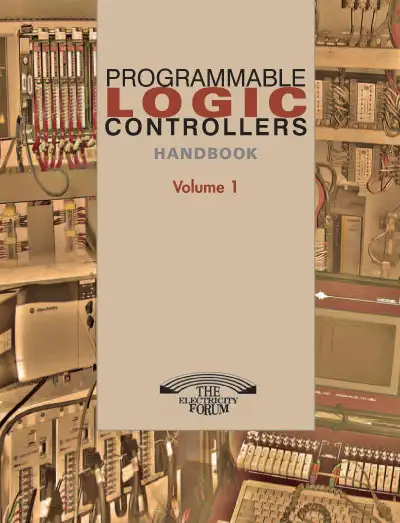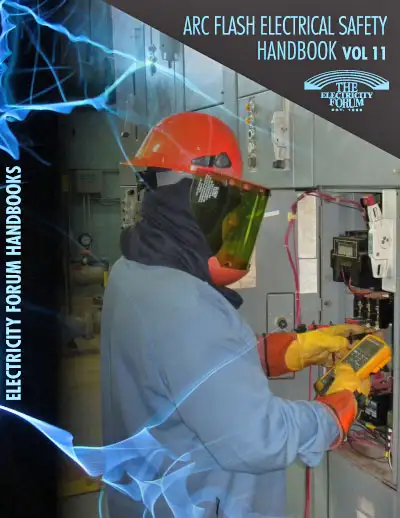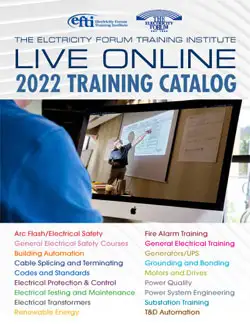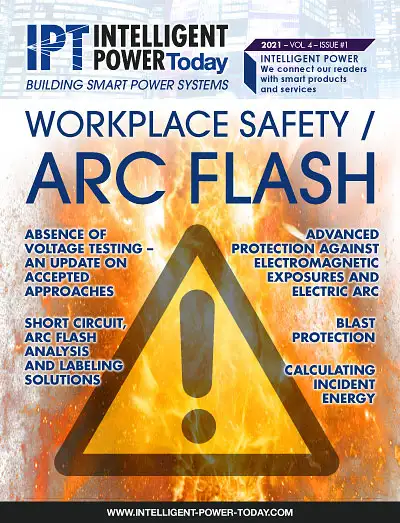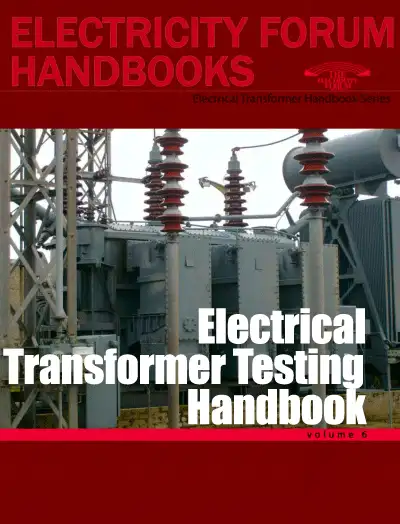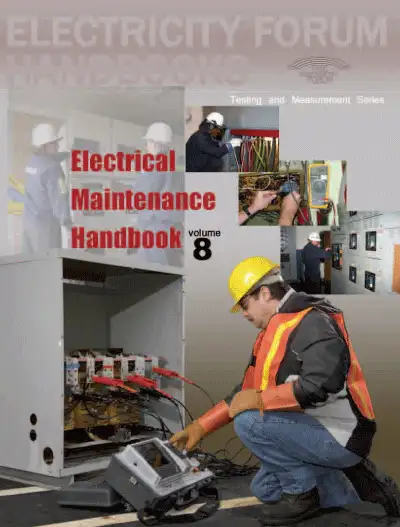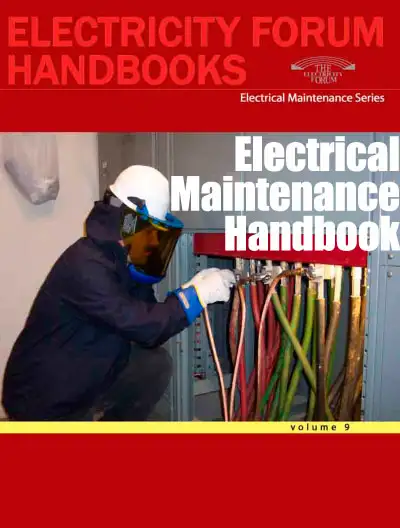OSHA Arc Flash Requirements: What You Need to Know
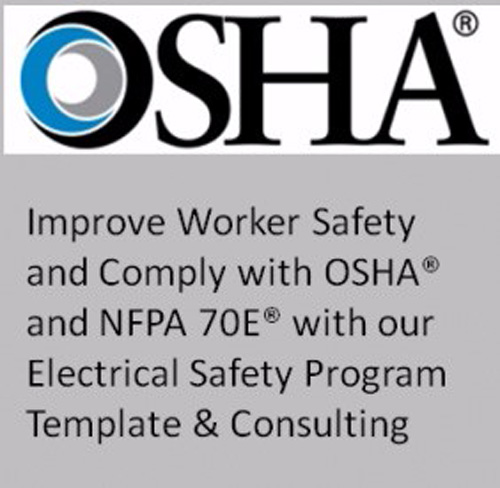
OSHA arc flash requirements are a set of federal electrical safety regulations designed to reduce the risk of injuries in the workplace. These standards require employers to conduct hazard analyses, identify incident energy levels, enforce lockout/tagout procedures, and provide workers with the appropriate personal protective equipment (PPE). Meeting these requirements is essential for OSHA compliance, protecting employees from serious burns and electrocution, and maintaining a culture of safety in industrial and commercial facilities. To understand the broader standards that support OSHA's rules, visit our page on NFPA 70E
Request a Free Training Quotation
OSHA Standards and Requirements
OSHA has specific standards for electrical safety that employers must follow to protect their employees from flash and shock hazards. One such standard is the Lockout/Tagout (LOTO) standard. This standard requires employers to ensure that machines or energized electric equipment are properly de-energized and locked or tagged out during maintenance, servicing, or repair to prevent accidental startup or release of stored energy. Lockout/tagout compliance is critical for accident prevention; see our in-depth guide on OSHA 1910.147
OSHA Arc Flash Requirements also require employers to provide safety-related work practices for employees working on or near exposed energized parts. These safety-related work practices include the use of personal protective equipment (PPE) and adherence to specific procedures to prevent electrical hazards. Additionally, OSHA requires employees who work with electricity to be qualified and trained in safe work practices. A qualified person has the necessary skills and knowledge to work safely on electrical systems.
OSHA Compliance
Effective compliance with OSHA electrical standards requires more than just awareness — it demands a structured approach that includes arc flash training, hazard identification, and proper implementation of safety procedures. One of the key components of any workplace safety plan is conducting an arc flash hazard analysis to determine potential exposure risks and calculate incident energy levels. This process helps employers understand the severity of electrical hazards present. It guides the selection of appropriate personal protective equipment (PPE), such as flame-resistant clothing and arc-rated face shields.
In addition to following OSHA rules, companies are expected to align with NFPA 70E compliance requirements, which outline industry best practices for minimizing electrical hazards. These standards are closely aligned with electrical safety regulations that outline employer responsibilities, including labelling equipment, posting warning signs, and ensuring workers are qualified for tasks involving energized systems. When regular audits and updated procedures reinforce arc flash training, organizations can create a safer work environment and meet both regulatory and operational goals.
OSHA Arc Flash Compliance Checklist
While NFPA 70E provides the foundation for electrical safety, OSHA enforces compliance. The checklist below outlines OSHA-specific actions employers must take to meet arc flash safety obligations.
Use this checklist to assess whether your facility is meeting OSHA arc flash requirements and aligning with NFPA 70E compliance standards.
1. Hazard Identification and Risk Assessment
-
Has a complete arc flash hazard analysis been performed for all energized equipment above 50 volts?
-
Are incident energy levels calculated and documented for each location?
-
Have electrical shock and arc flash risks been clearly identified?
2. Labeling and Signage
-
Are all electrical panels and equipment labeled with arc flash warning labels?
-
Do labels include incident energy, arc flash boundary, working distance, and PPE category?
3. Personal Protective Equipment (PPE)
-
Are workers provided with appropriate arc-rated personal protective equipment (PPE) based on the calculated incident energy?
-
Does all PPE meet NFPA 70E and ASTM F1506 standards?
-
Is PPE inspected regularly and replaced when it is damaged or expires?
4. Electrical Safety Program
-
Do you have a written electrical safety program that addresses arc flash hazards?
-
Does the program include safe work practices, lockout/tagout procedures, and energized work permits?
-
Is the program reviewed and updated at least once every 3 years?
5. Arc Flash Training
-
Have all qualified workers received arc flash training in the last three years?
-
Does training include hazard recognition, PPE use, and emergency procedures?
-
Are training records current and accessible?
6. Tools and Test Equipment
-
Are workers using insulated tools and test equipment rated for the voltages involved?
-
Are instruments calibrated and in proper working condition?
7. Lockout/Tagout (LOTO) Procedures
-
Are lockout/tagout procedures documented and enforced per OSHA 1910.147?
-
Are authorized employees trained in energy isolation and verification steps?
For a step-by-step guide to meeting electrical safety standards, explore our in-depth NFPA 70E Compliance Checklist.
Arc Flash Hazard Analysis
Under OSHA Arc Flash Requirements, Employers must conduct a hazard risk analysis to protect employees from electrical safety hazards. This analysis helps determine the risk of an electrical explosion occurring and the incident energy level that could result from it. Incident energy could be released during an arc flash, measured in cal/cm². A qualified person must perform the arc flash hazard analysis.
Safety Training
OSHA dictates that employers provide training for employees working on or near exposed energized parts. This training must include electrical safety-related work practices, the use of personal protective equipment (PPE), and lockout/tagout procedures. The training must be provided to employees before they begin work and periodically after that to ensure they are aware of the hazards and how to protect themselves from electrical hazards. Employers must also ensure workers receive proper instruction. An example of this can be read on our Electrical Safety Training page.
Frequently Asked Questions
How often does OSHA require an arc flash study?
OSHA does not specify a required frequency for performing an arc flash study. However, OSHA does require employers to perform a hazard risk assessment to determine the potential risk of an electrical explosion and the incident energy level that could result from it. An incident energy level is the amount of thermal energy an arc blast could produce, measured in calories per centimetre squared (cal/cm²).
A qualified electrical engineer should perform a power system study whenever a new electrical system is installed or when changes are made to the existing system that could affect the potential incident energy. Employers should also conduct an analysis when a change in work practices or procedures could increase the risk of an arc flash event.
Therefore, it is essential for employers to regularly review their electrical systems and work practices to determine if a study is necessary to ensure the safety of their employees.
What is the OSHA regulation for arc flash?
OSHA has specific regulations that employers must follow to ensure the safety of their workers. The OSHA regulation for arc flash is outlined in the Code of Federal Regulations (CFR) 29, specifically in CFR 1910.333.
CFR 1910.333 requires employers to protect employees from potential electrical hazards, including electric shock and flash, when working on or near exposed energized parts. Employers must provide employees with appropriate safety-related work practices, personal protective equipment (PPE), and training to protect them from these hazards.
Employers must perform an analysis to determine the level of potential hazard. This analysis helps identify the potential hazards of working on or near exposed energized parts, such as the incident energy level resulting from an accident.
OSHA also requires employers to follow consensus standards, such as the National Fire Protection Association's (NFPA) 70e standard, to ensure that their employees are protected from electrical hazards. The NFPA 70e standard provides guidance on electrical safety-related work practices, including PPE and training requirements.
Overall, OSHA arc flash regulations are in place to protect employees from electrical hazards, including arc flash hazards. Employers must comply with these regulations to ensure the safety of their workers when working on or near exposed energized parts.
Related Articles:
Explore our Arc Flash Training Programs or contact us to Request a Free Training Quotation for group safety sessions and PPE consultation.
On-Site Training
Interested in cost effective, professional on-site electrical training?
We can present an Electrical Training Course to your electrical engineering and maintenance staff, on your premises, tailored to your specific equipment and requirements. Click on the link below to request a Free quotation.
EF PARTNER MEDIA
Product Showcases
Shared Media


